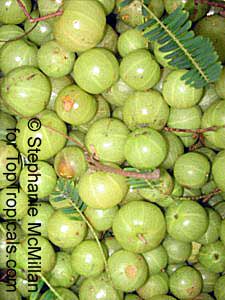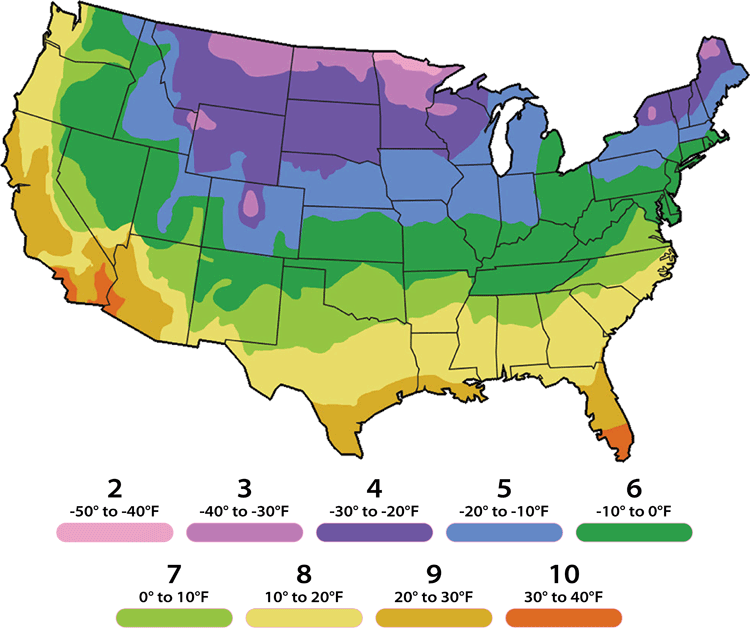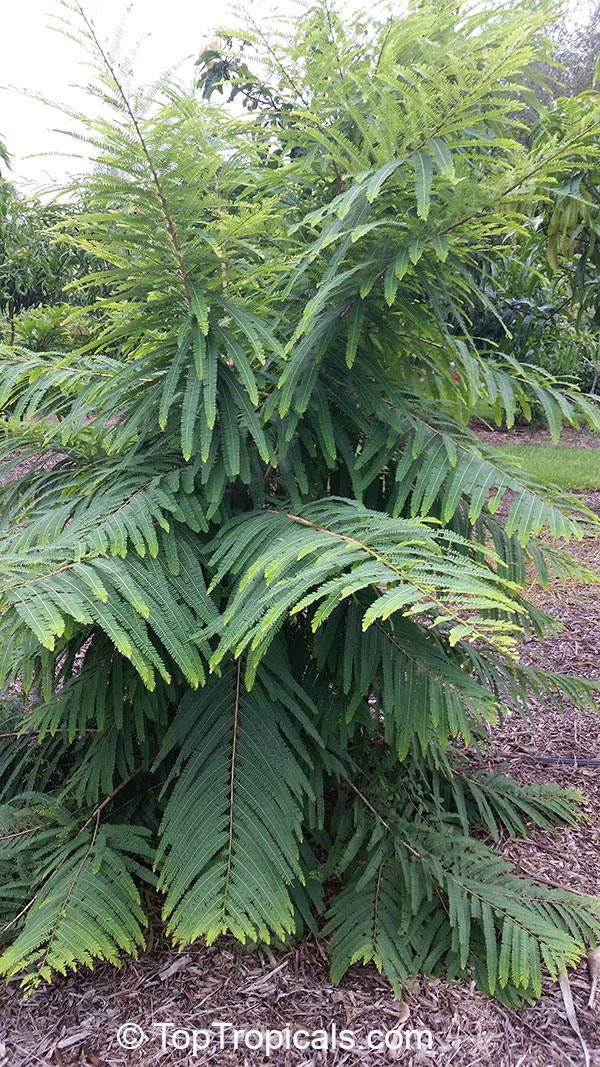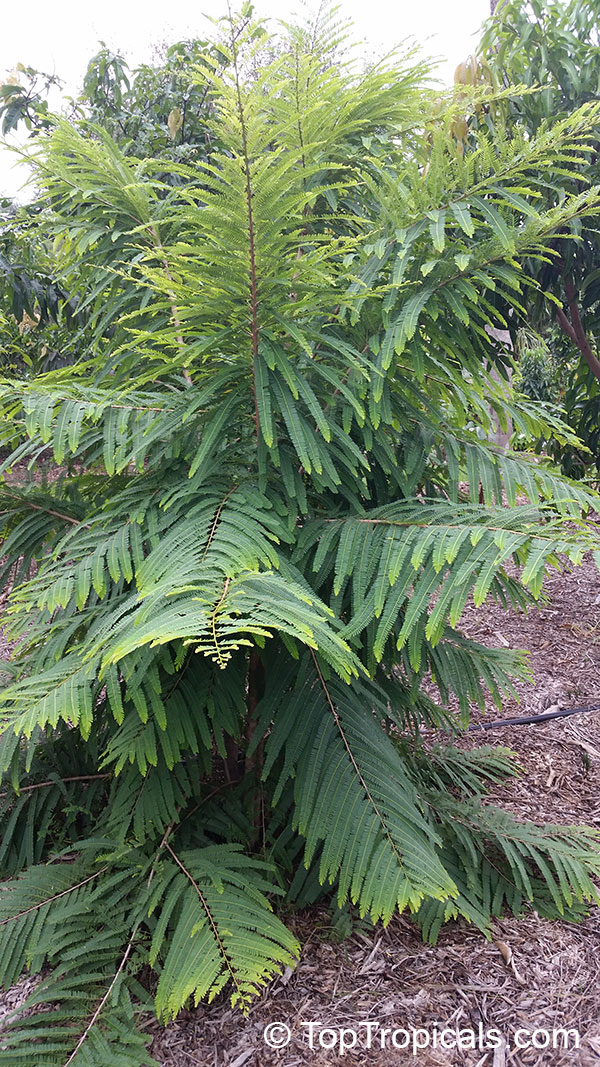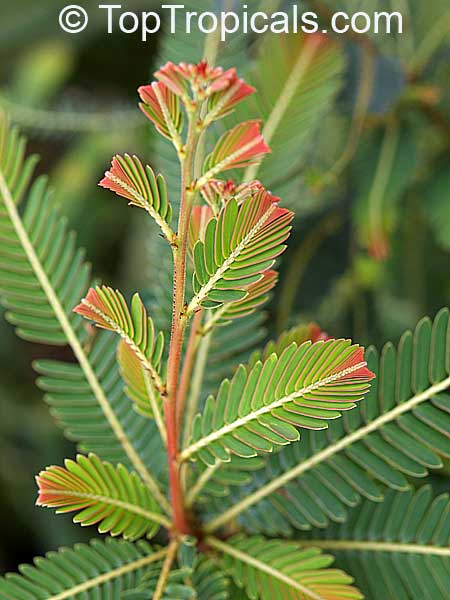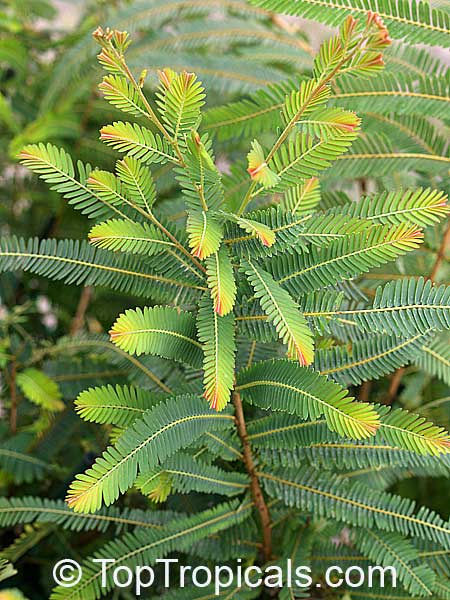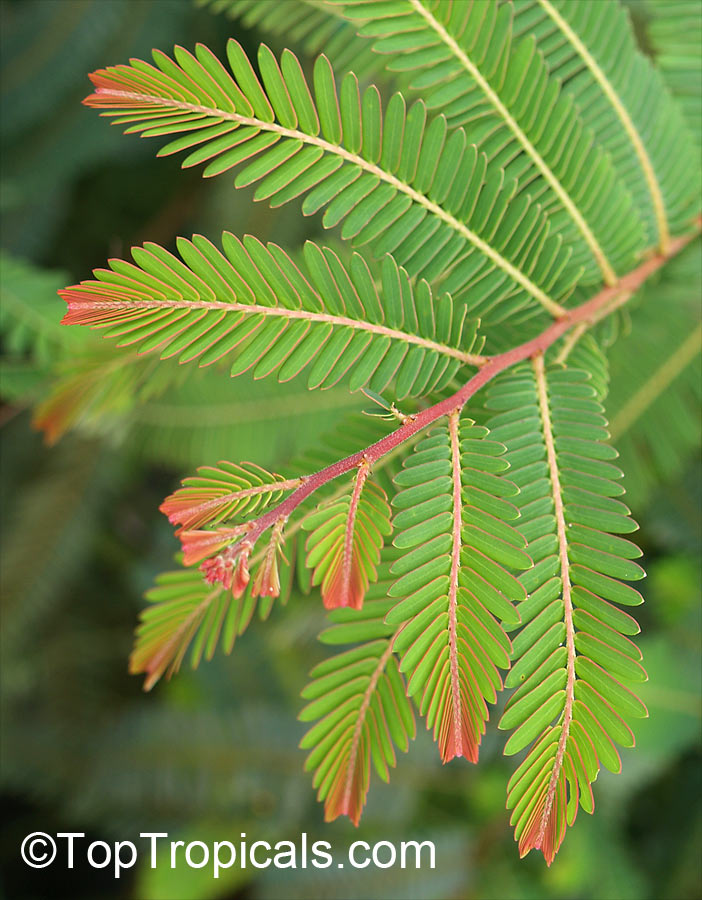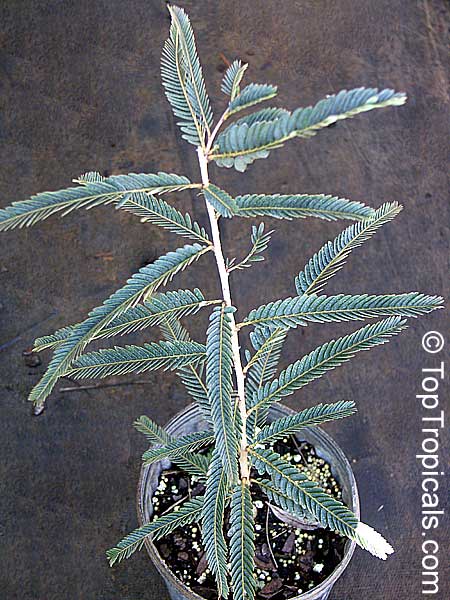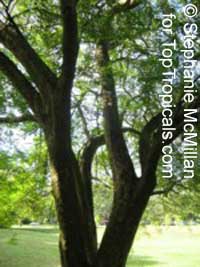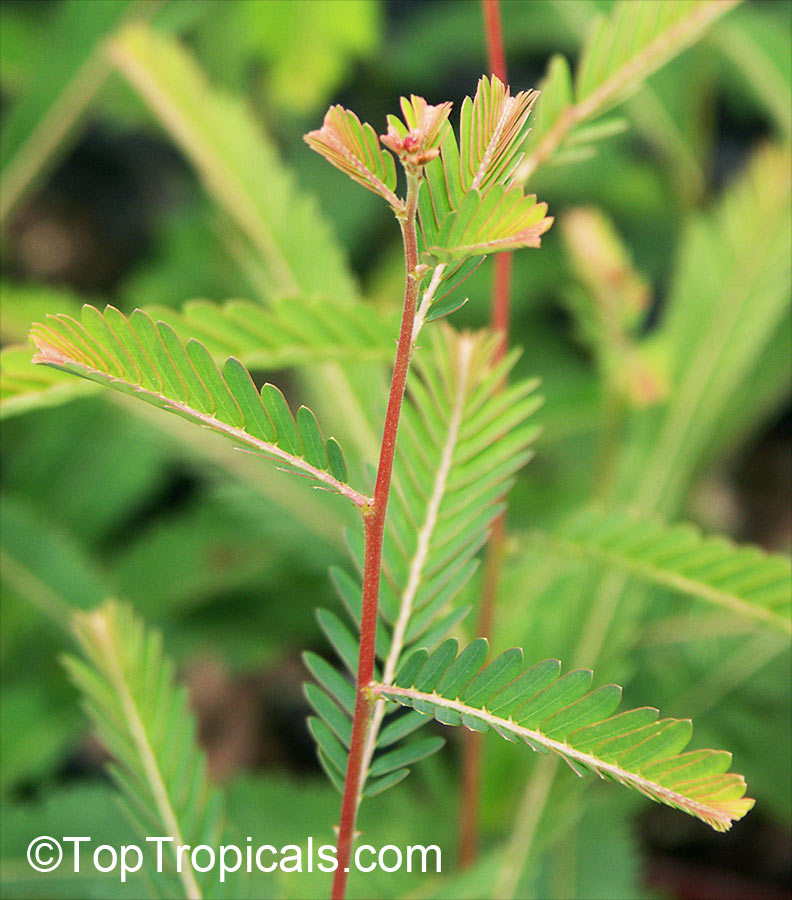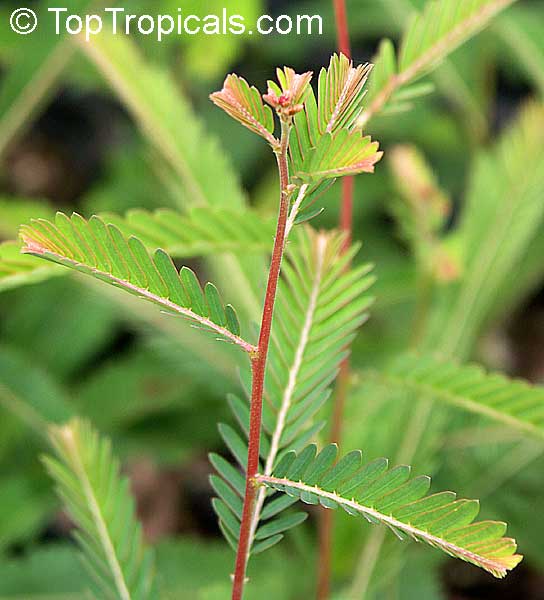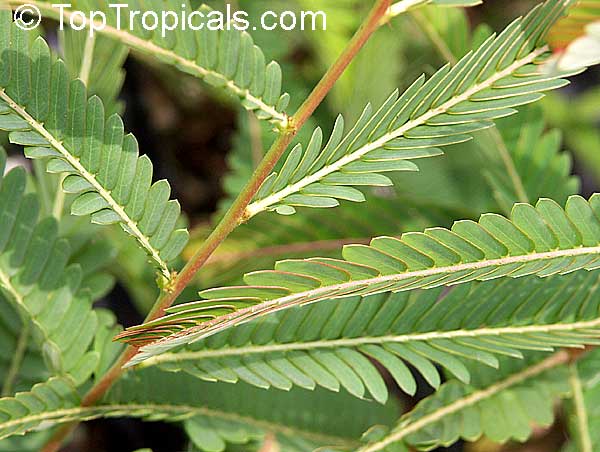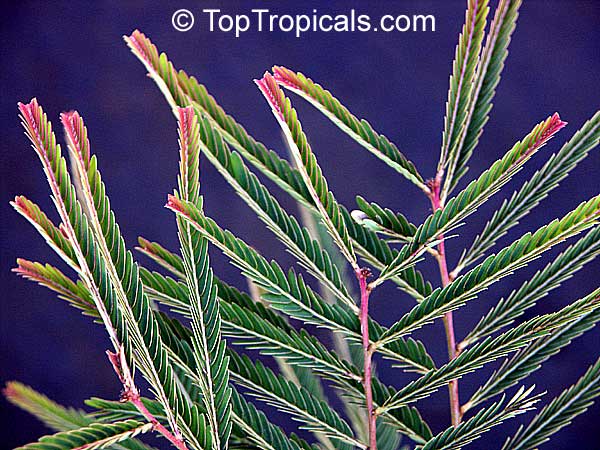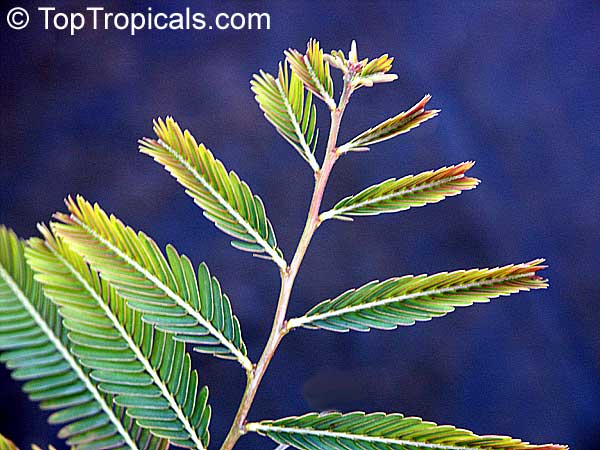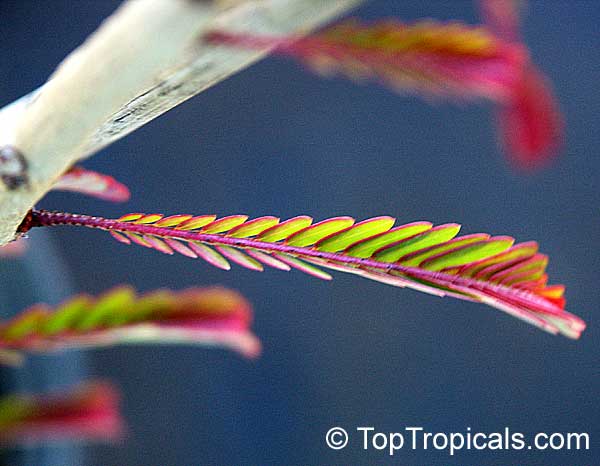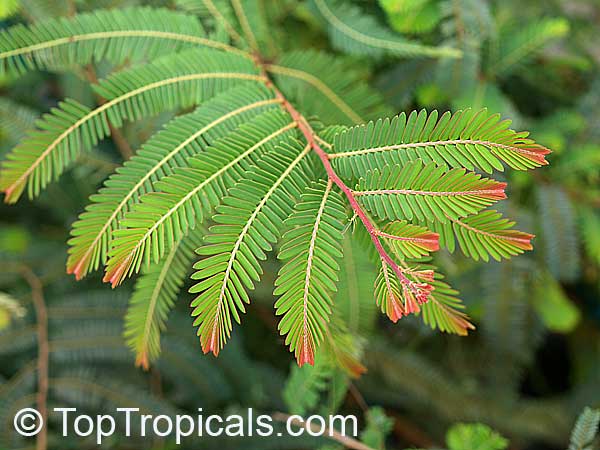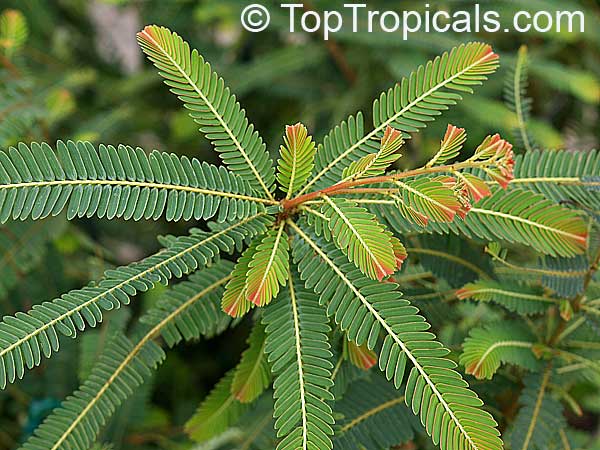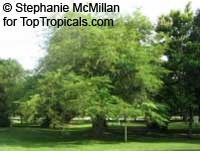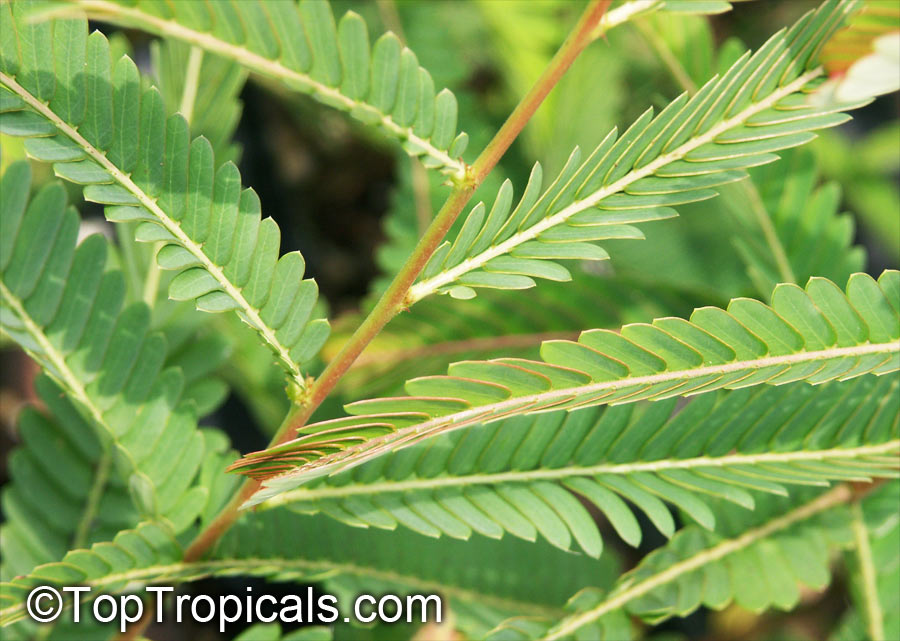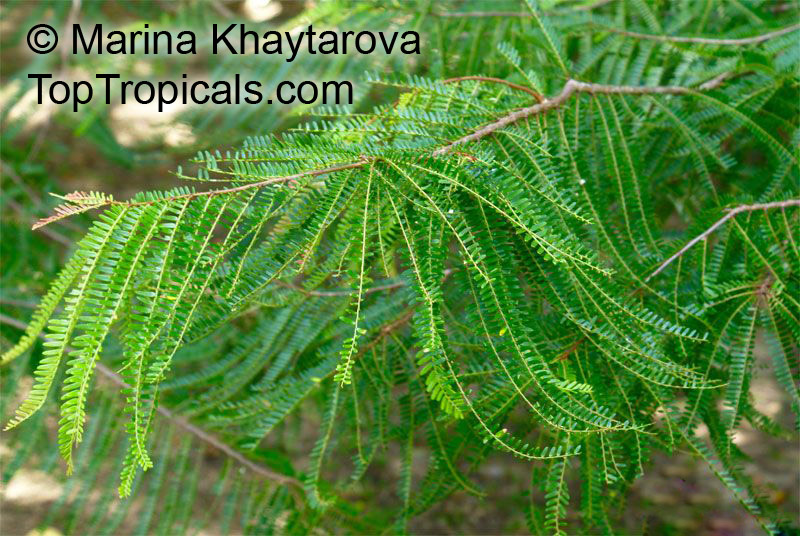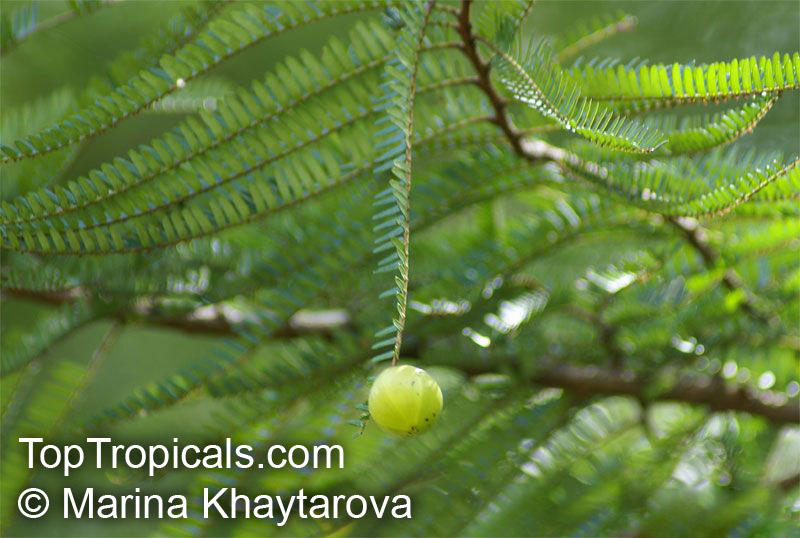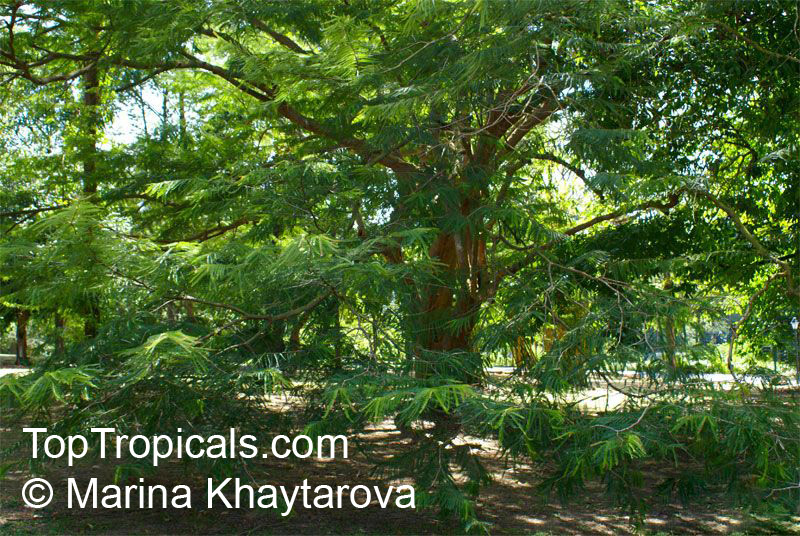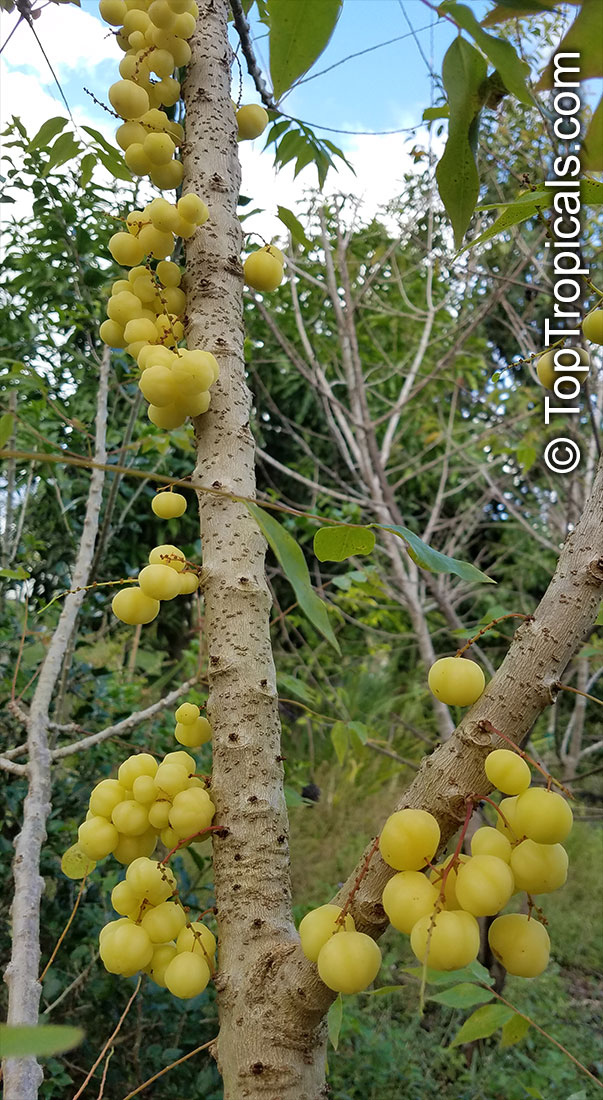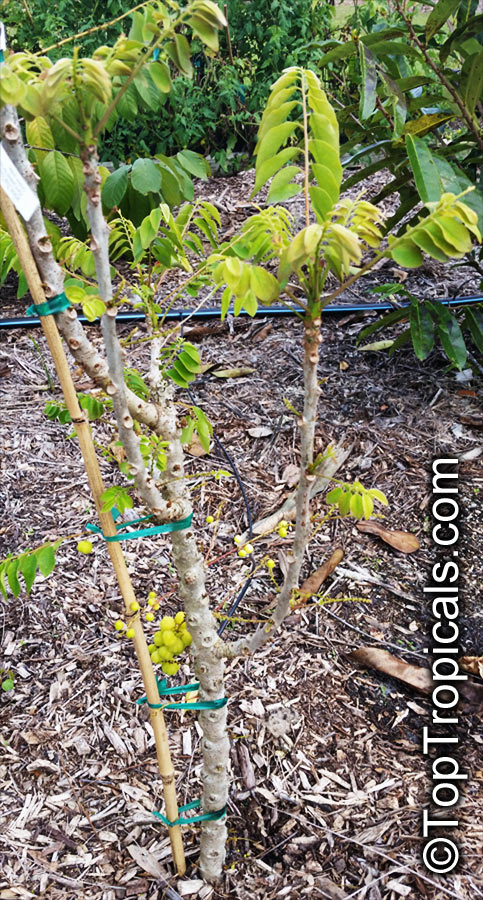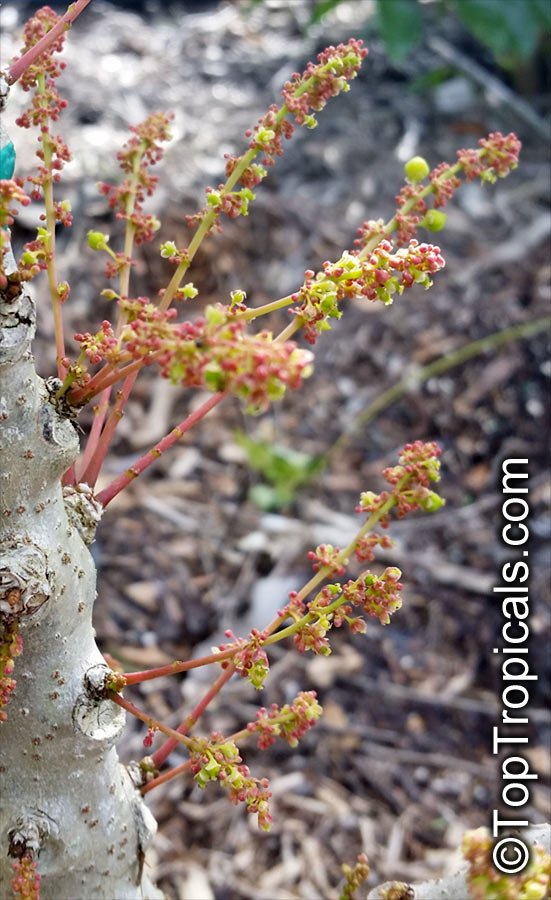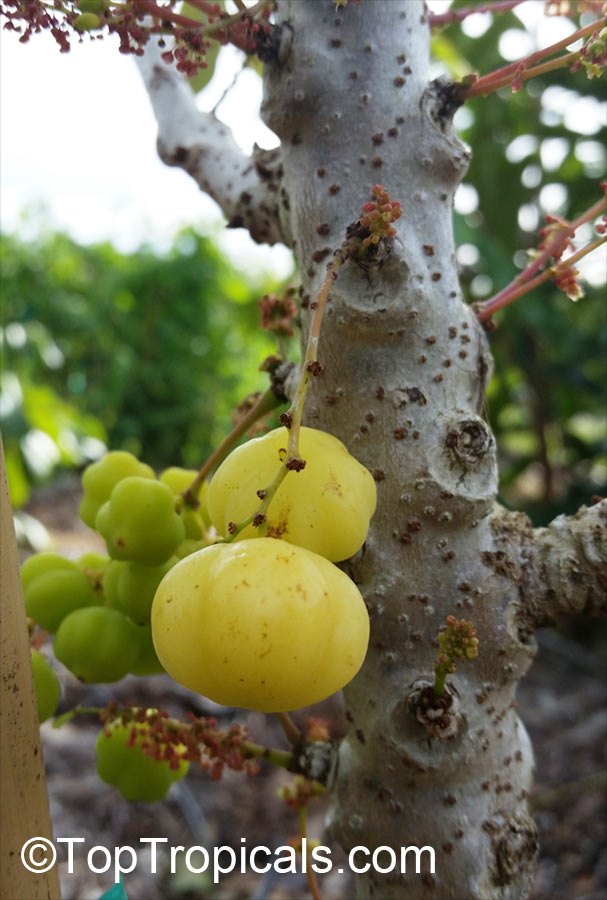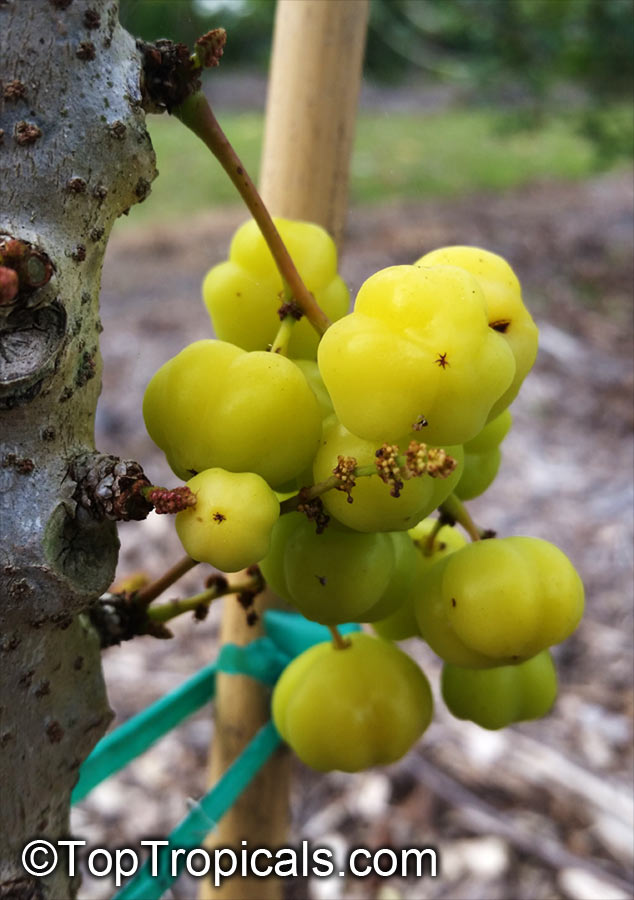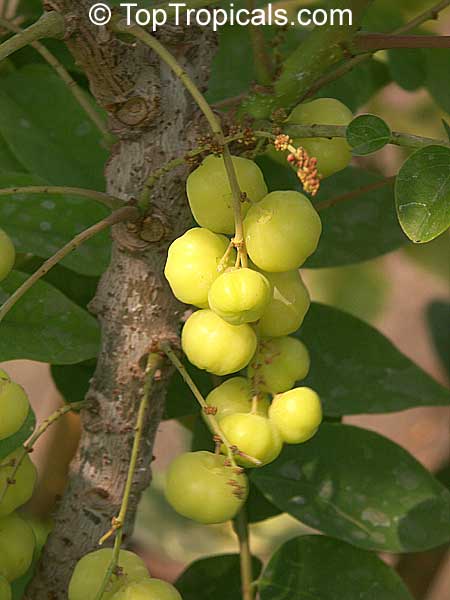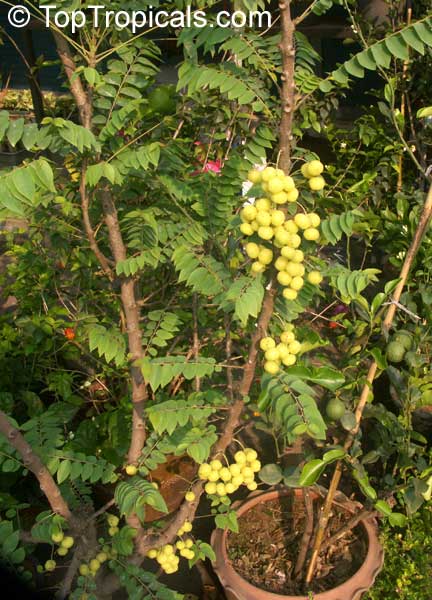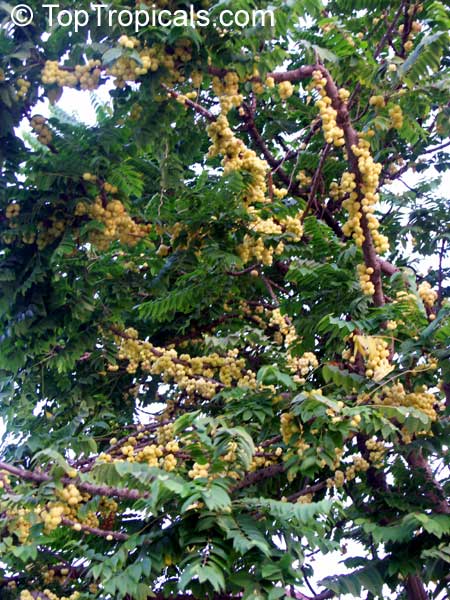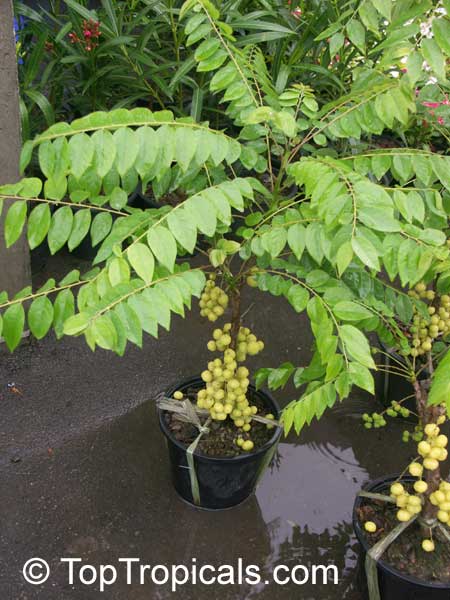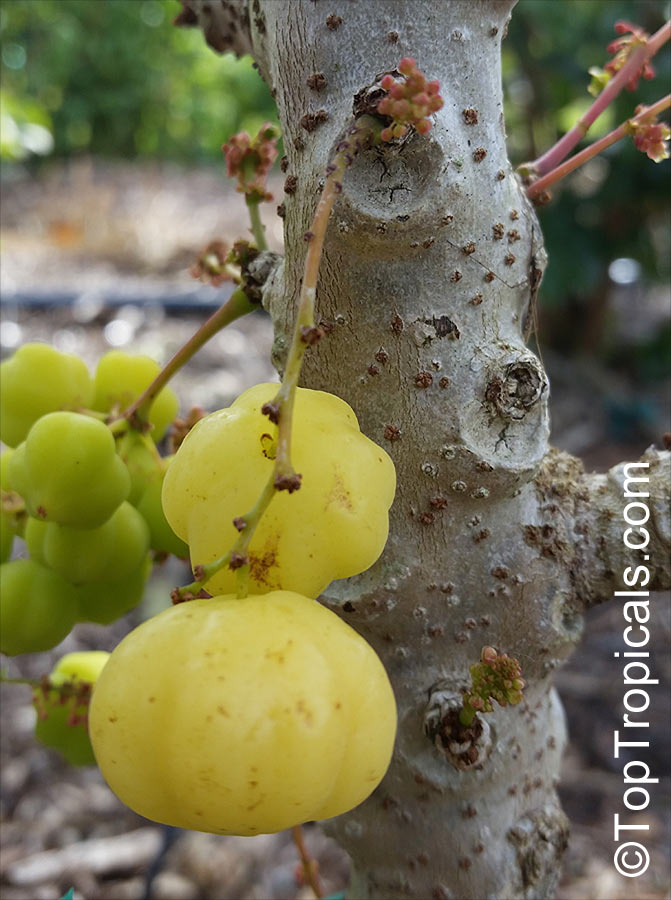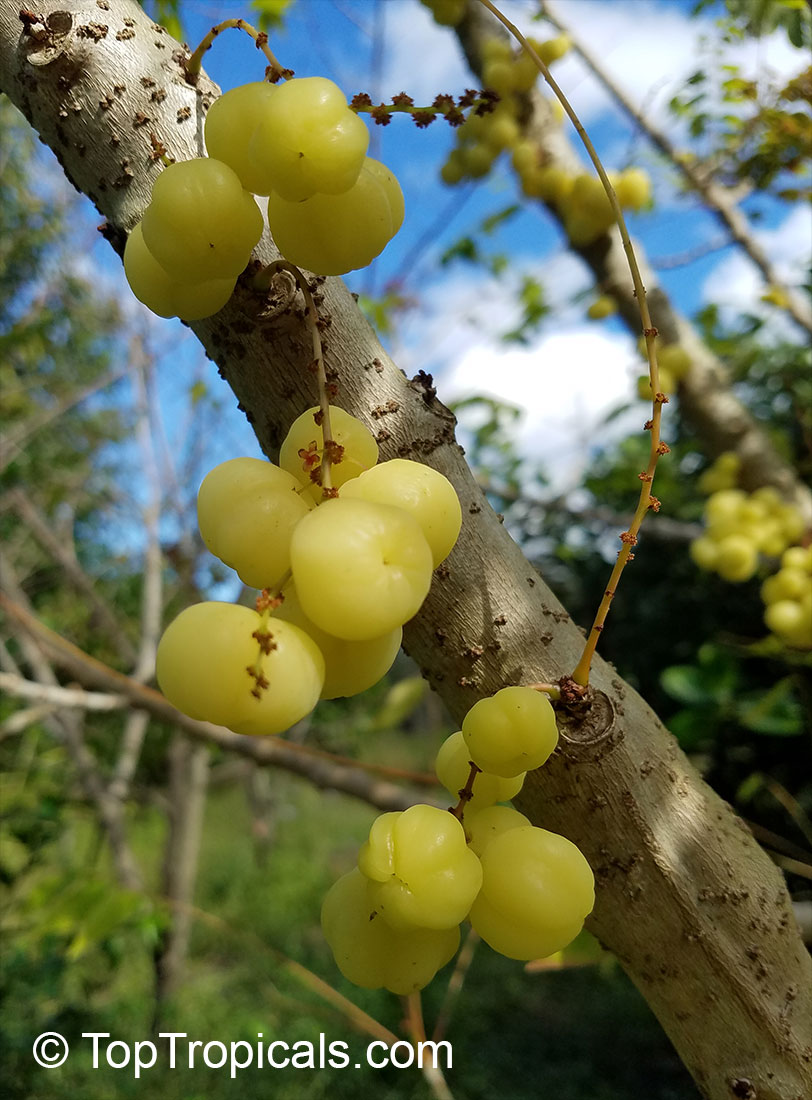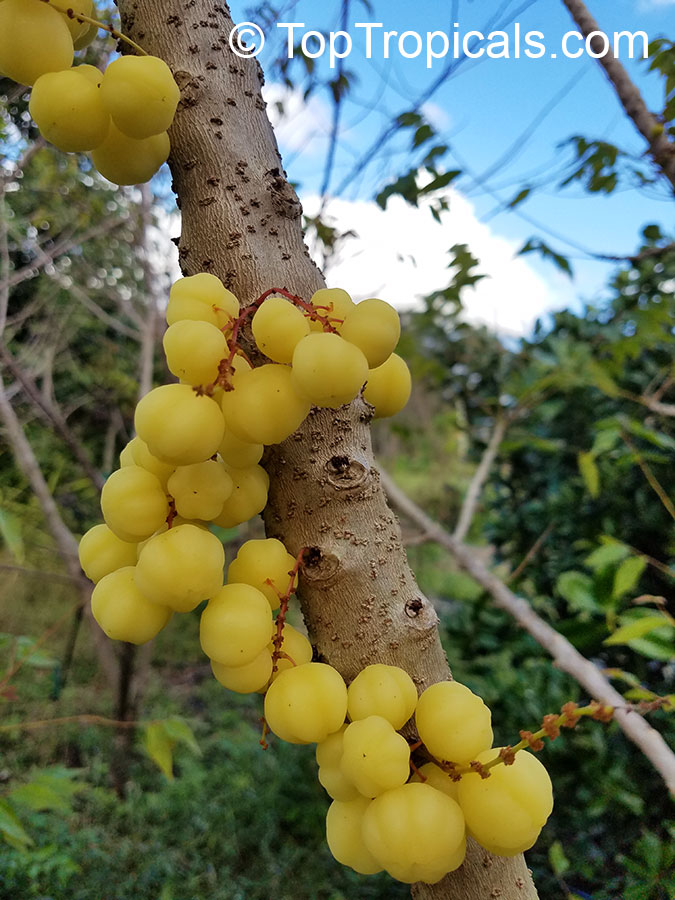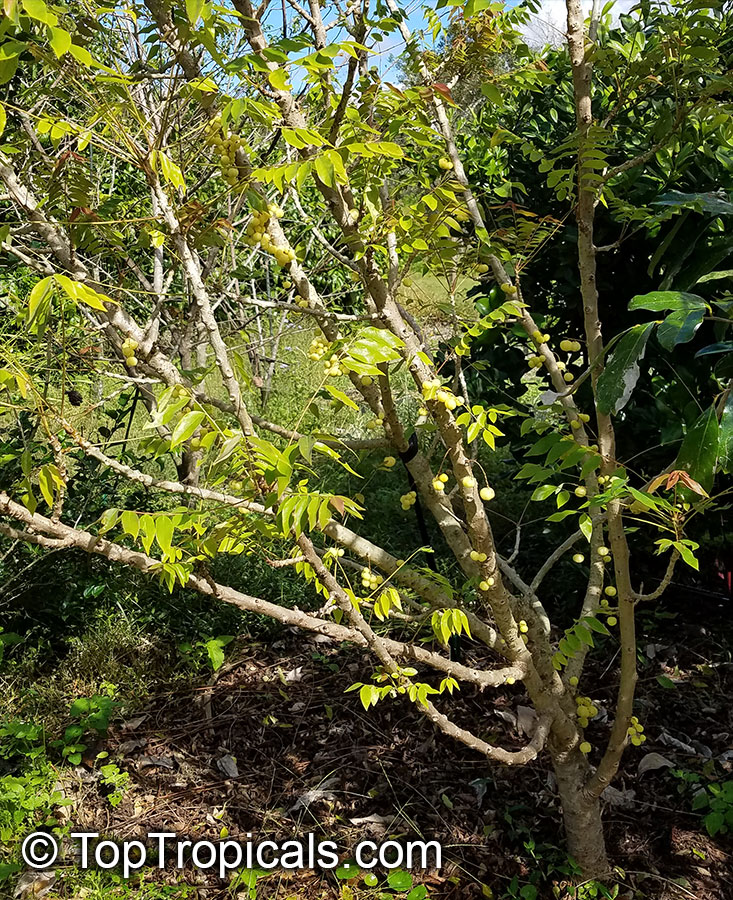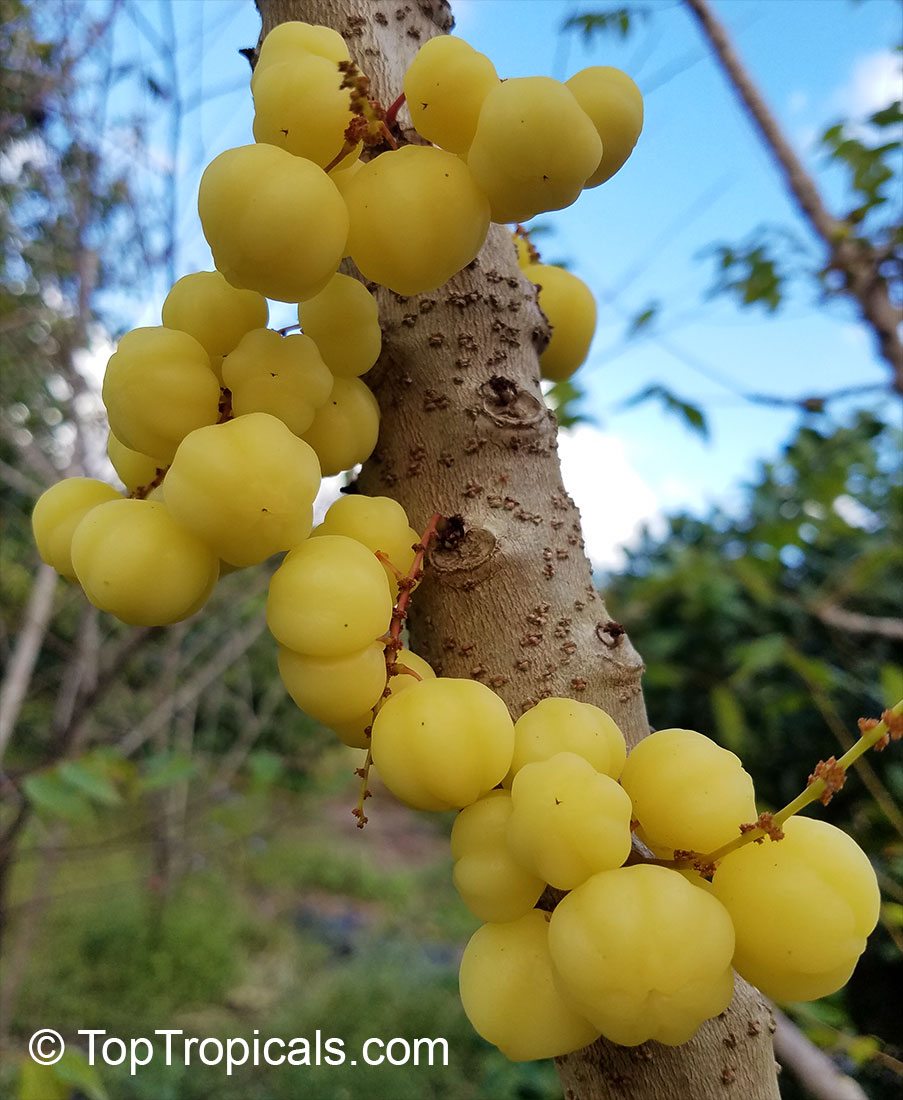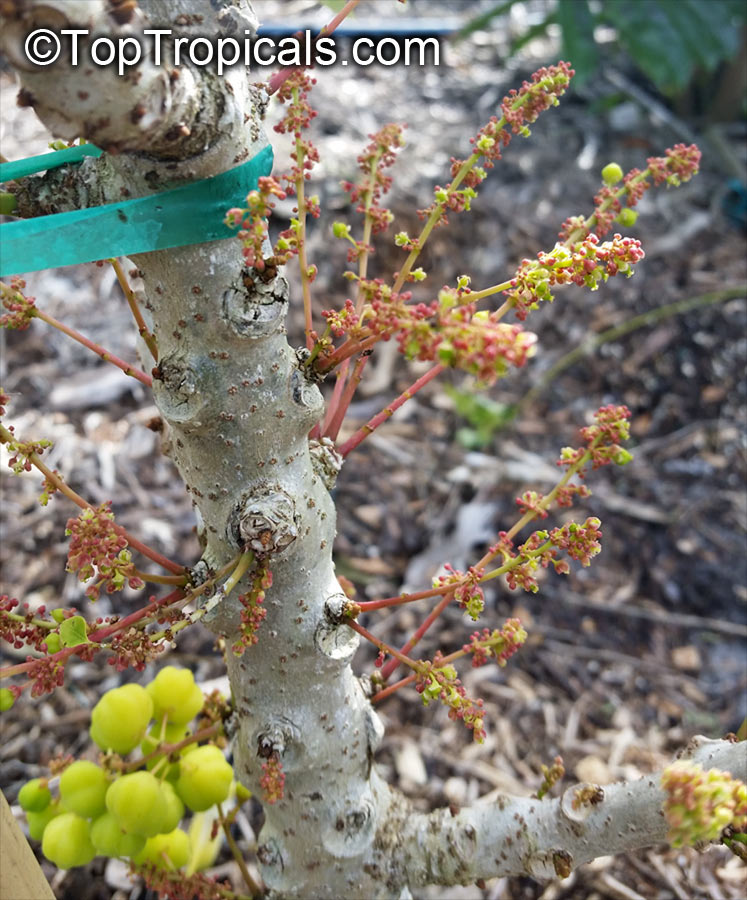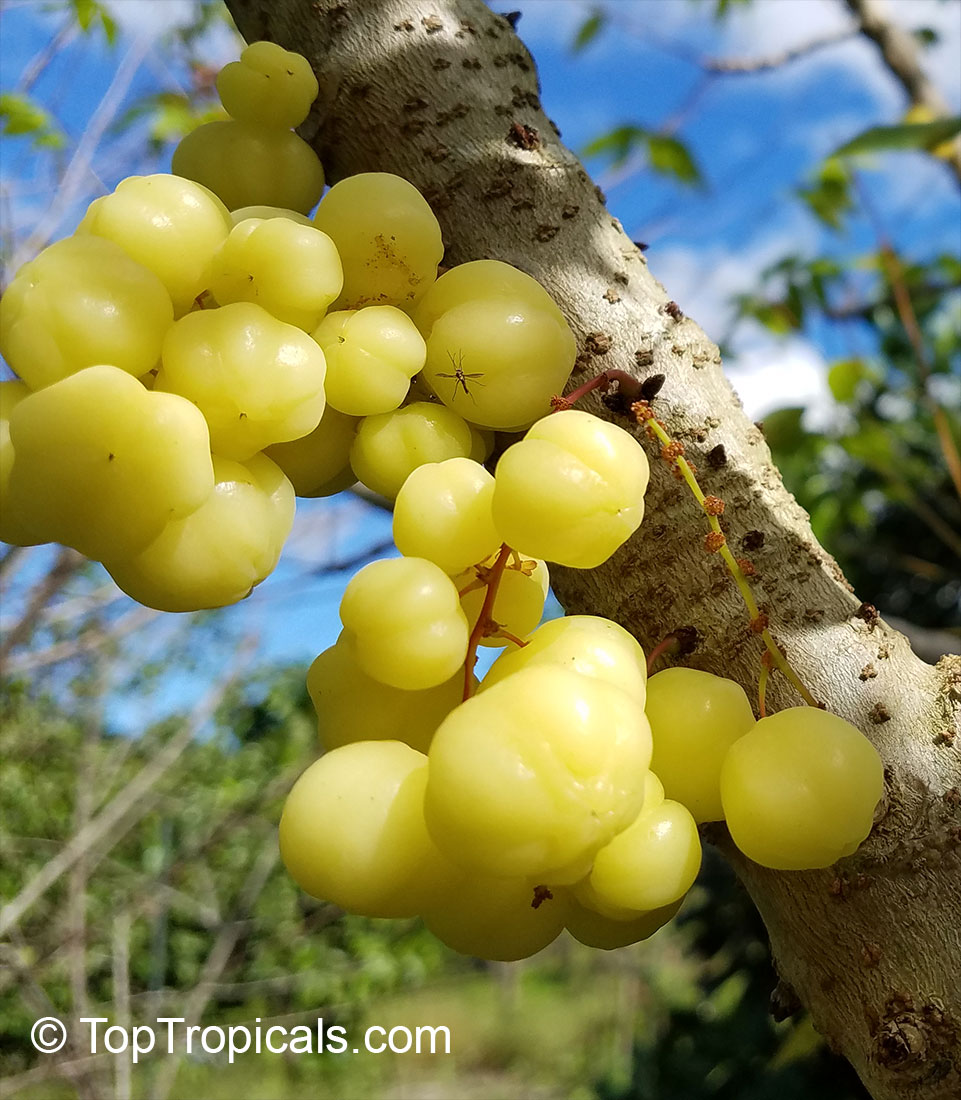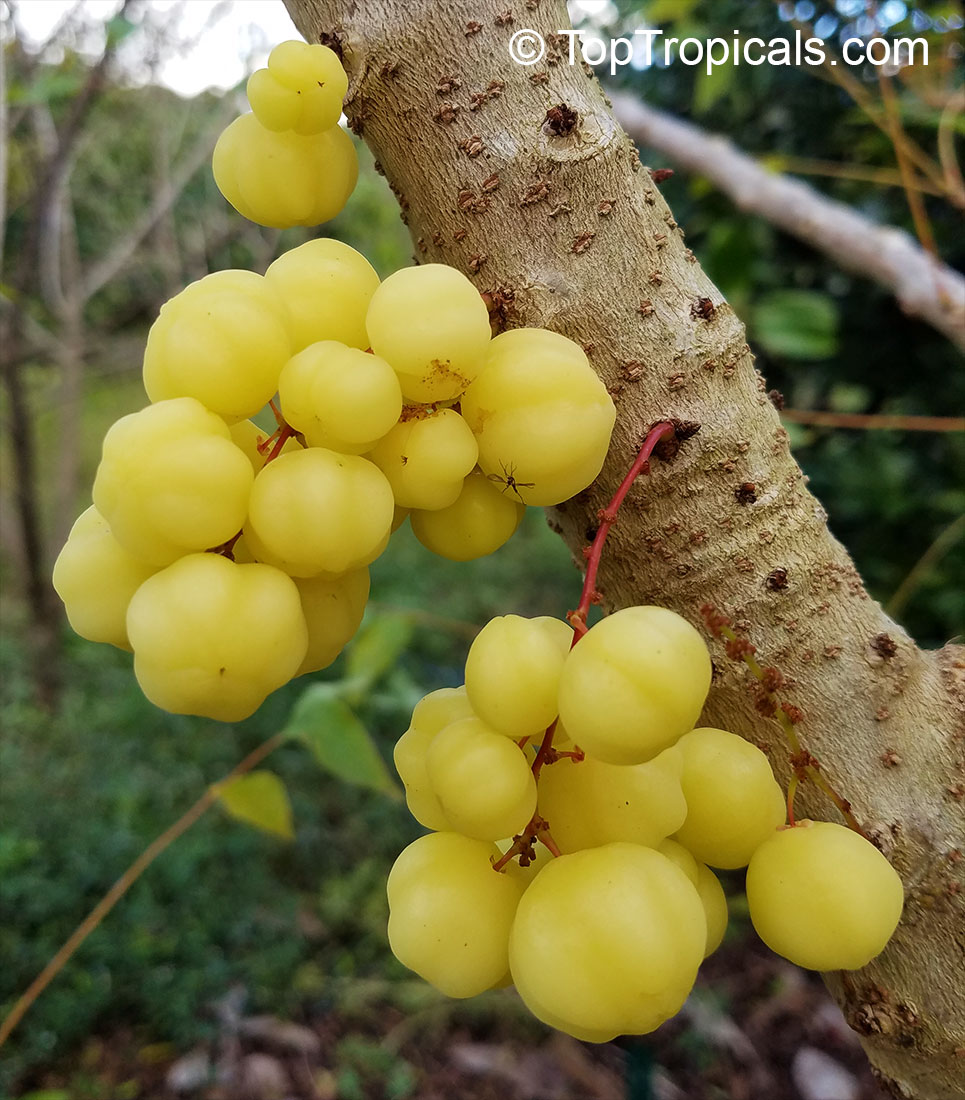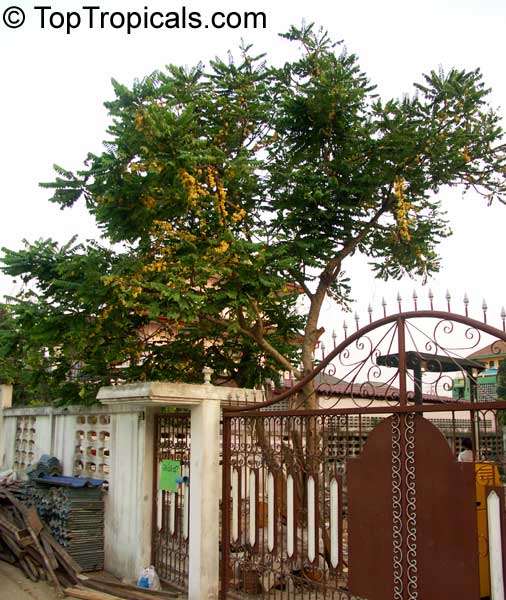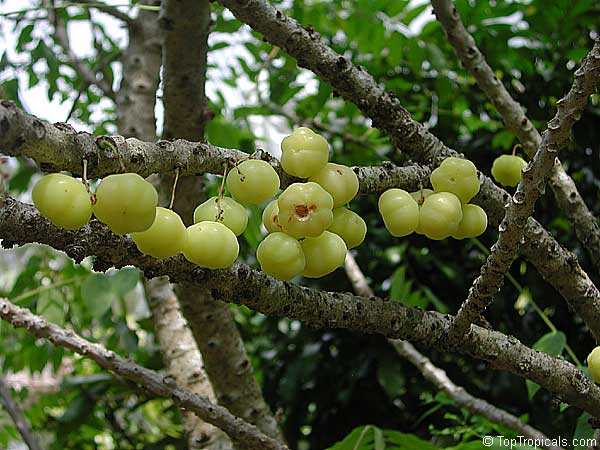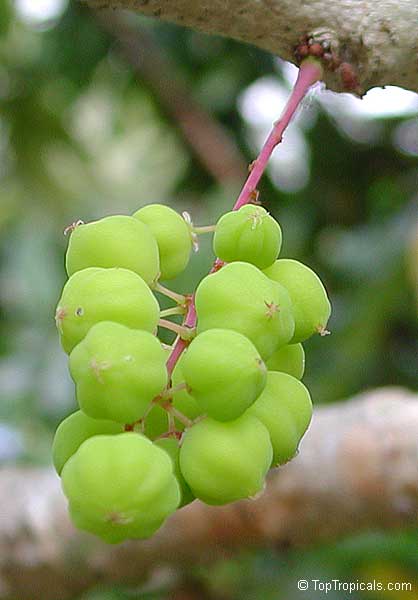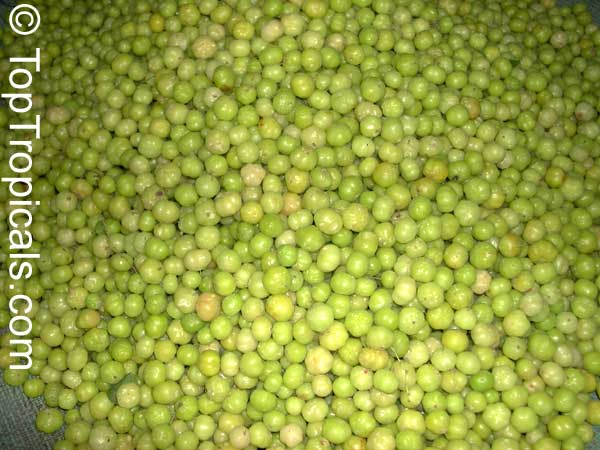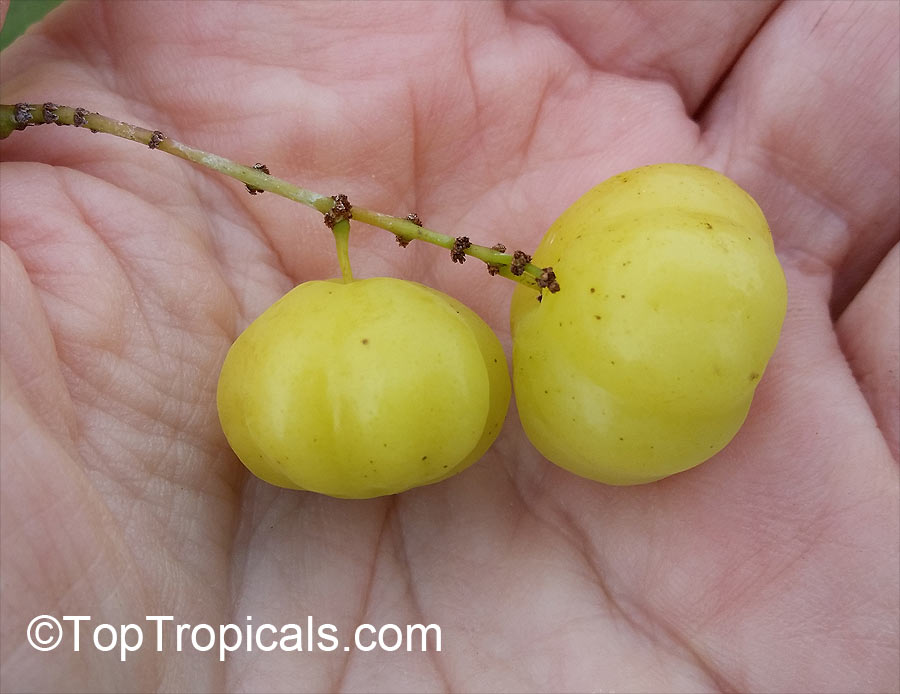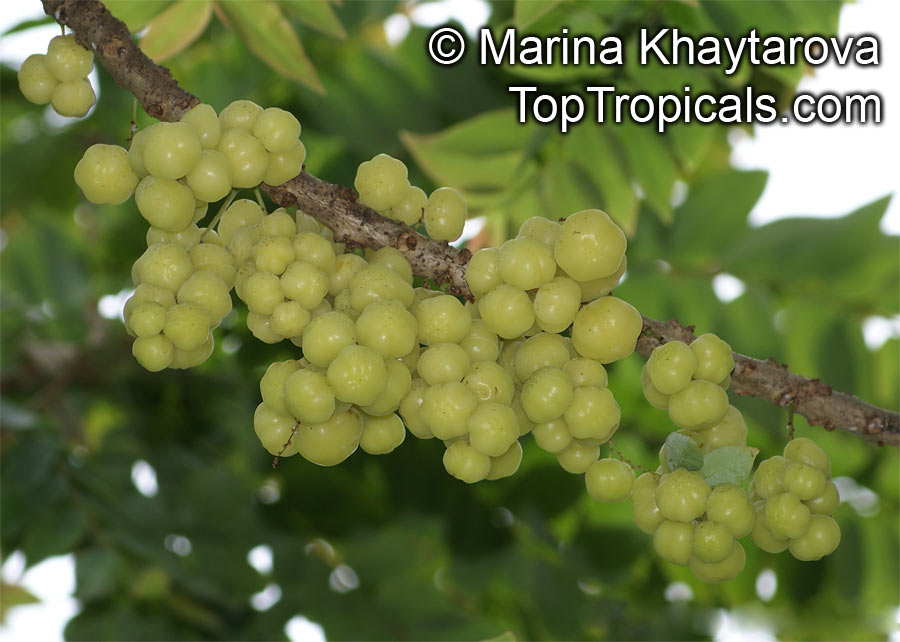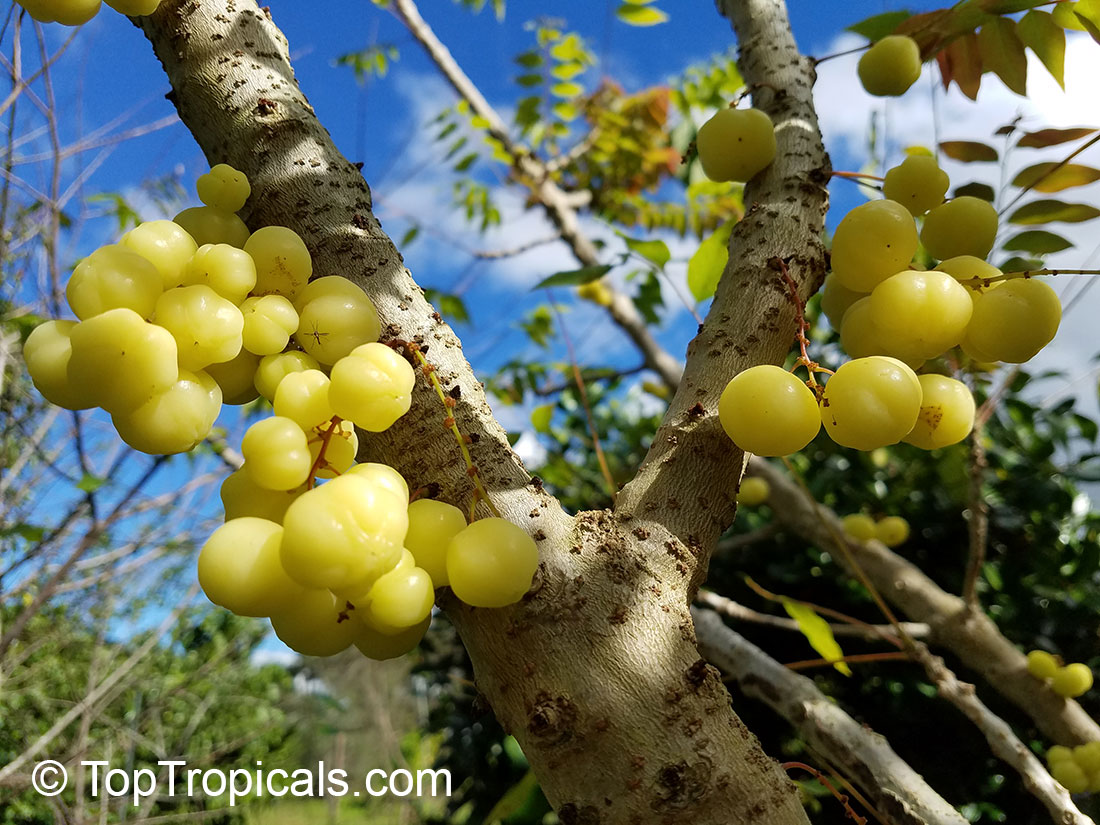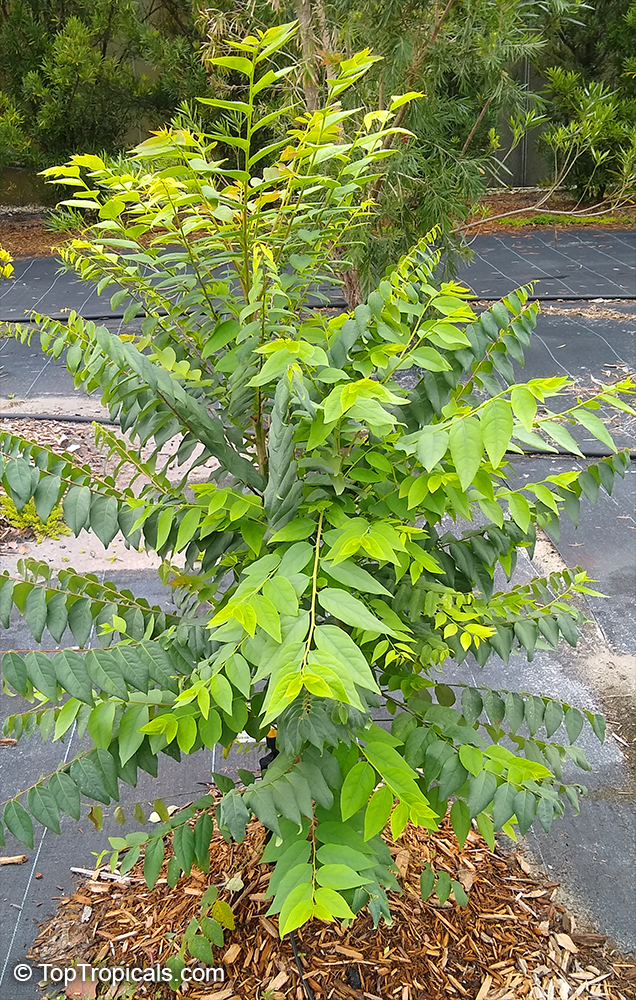Emblica - Search results
| Number of plants found: 3 |
Botanical names: Emblica officinalis, Phyllanthus emblica
Common names: Indian Gooseberry, Emblic Myrobalan, Amla, Amalaki, Amloki
Family: Phyllanthaceae
Origin: Northern and South Western India






Small to medium in size tree. The leaves are lacy, giving the tree a delicate look. Amla fruit paste is a major ingredient of Chavyanprash, a popular Ayurvedic tonic. Amla is known as amritphala in Sanskrit, which literally means the fruit of heaven or nectar fruit. It is so called because it is rich in many desirable properties. It was described in a 7th century Ayurvedic medical text. According to several scholars, the sage Chyawan is reputed to have restored his vitality with this fruit. The fruit is Aperient, Carminative, Diuretic, Aphrodasiac, Laxative, Astringent and Refrigerant; is useful in anaemia, jaundice, dyspepcia, haemorrhage disorders, diabetes, asthama and bronchitis. It cures insomnia and is healthy for hair. It is the richest known source of vitamin C. The fruit tastes bitter, but if you drink water after eating it, the water tastes sweet.
Botanical names: Phyllanthus pectinatus, Emblica pectinata
Common name: Melaka Tree
Family: Phyllanthaceae
Origin: Southeast Asia, India







Phyllanthus pectinatus is similar to Phyllanthus emblica but differences are obvious when specimens of the two species are placed side by side for comparison. In Phyllanthus emblica, the fruits are clustered at the base of rather robust leafy shoots whereas in Phyllanthus pectinatus they sway in the wind at the ends of the finely feathery leafy shoots.
Botanical names: Phyllanthus acidus, Phyllanthus distichus
Common names: Otaheite Gooseberry, Amlak, Grosella, Gooseberry tree
Family: Phyllanthaceae
Origin: South Asia







Small tropical tree, to 20 feet, leaves are compound with numerous pinnate leaflets. Fruits are borne in loose clusters, which hang from the tree trunk and main branches. Individual fruits are up to 0.75 inch in diameter, near globose and angled. Fruits are generally too tart for fresh eating but are esteemed for jellies, preserves and pastries. They ripen in midsummer. There are no commercial plantings; but trees are in home gardens, and fruit is harvested from naturalized trees.
Phyllanthus acidus is called Ari Nelli in Tamil, and the Phyllanthus emblica (Amlaki) is Muzhu Nelli in Tamil. Muzhu Nelli is even richer in Vitamin C etc.
Use link to repeat this search:
https://toptropicals.com/cgi-bin/garden_catalog/cat.cgi?find=Emblica&search_op=and&keyword_op=and&language=e&number=10
&no_change_lang=1&user=tt&sale=1&first=0
